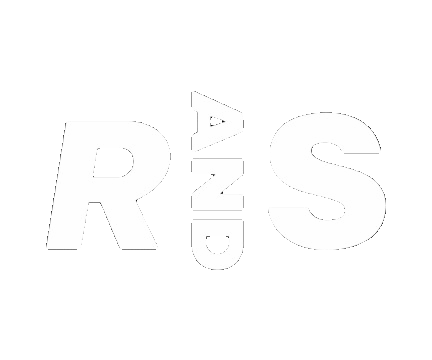3 minute read
Trophee Vert The Green “Tour de France”.
LeTrot has two "Tour de France" circuits. The first is the Grand National du Trot, where the heats are run at major provincial racecourses before the final during the Winter Meeting at Vincennes on the first weekend in December. The second is the "Trophée Vert" which means Green Trophy because it takes place exclusively on grass tracks with the final at Craon during the "Trois Glorieuses" (Glorious three days of Craon) meeting in September. Let's take a closer look at the "Trophée Vert" circuit which has crowned quite a few champions.
How did it all start?
Created in 2001, the Trophée Vert is a contest across fourteen grass track racecourses all over France. The heats are run from April to August with each stage a major event for these courses which only race a few meetings each year. At each stage, there are three races supporting the Trophée Vert series: the main race reserved for professionals with the best horses, a second reserved for apprentices and a third for amateur drivers. It's a classification by points and the holder of the maximum points wins the series, even though the last stage of the circuit, at Craon, is considered as the Final. There is a crowd of 5000 who flock to the stands at this meeting with races being run across all three disciplines: trot, flat, jumps.
Grass racetracks, back to basics
Grass trotting races are almost an historical tribute to racing in France. If trotting races really enjoyed their popularity in the twentieth century and notably during the 1960s, then it is thanks in particular to the efforts of Mr Olry Roederer at the end of the nineteenth century where many of the first trotting racecourses did not have a sand or black ash track like Vincennes. Today, these grass tracks are still appreciated by professionals. After competing on the Parisian tracks, some horses are directed to events contested on the grass. Such a change can be beneficial with the change of air and surface able to revitalise.
As a racecourse, grass tracks can be challenging because of their fragile surface which is impacted by weather. Maintenance remains important with regular mowing and sometimes cancellations occur due to very heavy rains with the sulky's digging trenches into the surface.
Champions like to run on grass too
Back to the Trophée Vert, where there have been several winners on the circuit who are also Group winners in Paris, such as Clarck Sotho, winner in 2021, Bugsy Malone or Blues des Landiers. Some stages even have the chance to welcome Group 1 horses such as General du Lupin or Swedishman. Didier Chéradame, dual winner of this circuit, including in 2019 with Blues des Landiers, explains his passion for this grass series: "I like those racetracks and the atmosphere there. These are still hard races with repeated efforts. It is good to race older horses and especially when they have achieved a good level you can win several races. You have to have a good heart, be versatile going either right or left-handed, love long distances and not be afraid of travel. When Group 1 horses that started young get a little slack, they can pick up their spirits in these races. And if a horse has fragile feet, it can be an asset. I discovered great racecourses like Royan-la-Palmyre or Aix-les-Bains… it's a great experience. I hope that before my retirement, I will find a horse to do one last Trophée Vert and win it a third time".
Calimero do Thiole, trained by Matthieu Varin, leads this years' competition with 48 points having participated in six heat races – which is a number that also brings bonuses. After the success of Gently de Muze in the July 17 race at Royan-la-Palmyre, there are four stages left for the title contenders to challenge the leader before the end of the 2022 Trophée Vert.
Next races
Carentan July 31
Aix-les-Bains August 7
Montier-en-Der August 21
Craon September 5 - Final






